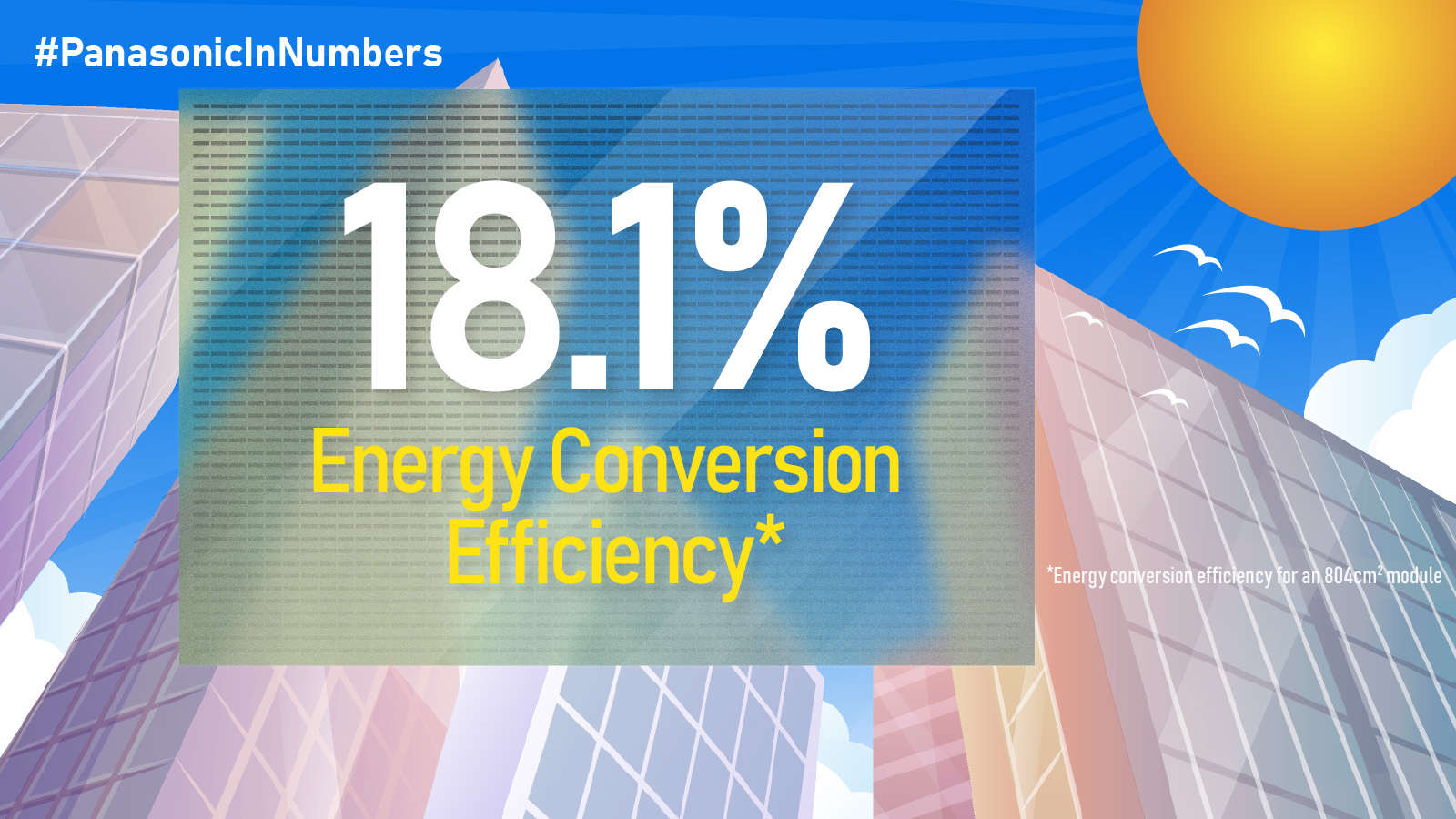Mar 19, 2012
Press Release
Panasonic Develops Industry's Lowest Power Consumption* Chipset of Less Than 1-Watt for Multi-gigabit Millimeter Wave Wireless Communication
Panasonic Corporation today announced it has developed a chipset for multi-gigabit millimeter wave wireless communication that offers the industry's lowest power consumption of less than 1 Watt by employing a new baseband processing architecture. The new chipset will enable stable interactive communication between various kinds of devices supporting the specification developed by the WiGig Alliance[1]. Panasonic had previously developed fundamental CMOS circuit technologies for 60 GHz transceiver and modem signal processing circuits, but now an additional radio packet processing[2] block has been integrated as a key block of the chipset. This plays a significant role in accelerating the realization of simple to use high-definition video data sharing/streaming applications for mobile devices.
This chipset can be embedded into mobile devices, such as smartphones, which require less than 1-Watt power consumption. This technology enables the transfer a 30 minute-long compressed[3] high-definition video content to mobile devices within 10 seconds. It also allows the streaming of latency-free high-definition video (for example, instant high-definition display updates in response to user controls on mobile devices) directly from a mobile device onto a big screen TV with real-time performance that surpasses any of the existing technologies today.
With regard to high-speed wireless communication for mobile devices, there is presently no practical solution except for the wireless LAN[4] technology that operates in the 2.4 GHz and 5 GHz frequency bands. In the case of 60 GHz high-speed wireless communication devices, the band range has been employed only by stationary devices, not mobile devices, because wider frequency bands require more power and wider chip surface. Panasonic has already developed the basic 60 GHz band radio technologies for mobile devices. With the technological evolution of mobile devices, however, there arose the need for the integration of packet processing block with low power consumption requirement as well as downsizing of the circuit.
This chipset has the following features:
- This newly developed chipset consists of a 60 GHz transceiver LSI, and a baseband processing LSI with Media Access Control (MAC) packet processing capability. Even when operating at a high data rate of 2.5 Gigabits per second, this chipset is capable of achieving less than 1-Watt of power consumption.
- Transceiver LSI size is reduced by more than 50%, compared to the transceiver LSI Panasonic developed earlier, while supporting 9 GHz bandwidth which is allocated as unlicensed spectrum in Japan and Europe in the 60 GHz frequency band.
The chipset is realized by adopting the following new technologies:
- Low power consumption MAC packet processing technology that employs optimum control between general-purpose processor and additional high-speed control circuits to keep processor clock frequency low, thereby achieving less than 1-Watt power consumption performance.
- New high accuracy coil-shaped circuit topology that overcomes the limitation of transistor separation distance requirements for 60 GHz carrier frequency, thereby achieving chip size reduction.
This result was supported in part by the "research and development project for expansion of radio spectrum resources" of The Ministry of Internal Affairs and Communications, Japan.
The company holds 36 patents in Japan and 35 patents overseas including pending applications.
* Based on Panasonic's data as of Mar 19, 2012
<Detailed Explanation of Content>
- Achieving less than 1-Watt through low power consumption MAC packet processing technology which employs optimum control between general-purpose processor and additional high-speed control circuits to keep processor clock frequency low.
Conventional MAC packet processing consumes much power when clock frequency is increased to achieve high-speed operations due to the use of general-purpose processors. A new high-speed control circuit design is employed to control the timing for packet processing to achieve optimum control between general-purpose processor and additional high-speed control circuits, resulting in operation speed increase by more than 20% while maintaining low processor clock frequency. With this, the chipset is able to achieve less than 1-Watt of power consumption while supporting up to 2.5 Gigabits per second. - High accuracy coil-shaped circuit design technique to overcome the limitation of transistor separation distance requirements for 60 GHz carrier frequency, in order to achieve chip size reduction.
For transceiver LSI targeted for use in the 60 GHz carrier frequency, if conventional transceiver LSI design is to be used, a requirement of a few hundred micrometers separation between each transistor needs to be kept. For a wireless chip that typically consists of a huge number of transistors, this poses a limitation on chip size reduction. To overcome this, a new coil-shaped circuit topology has been considered instead as a means to reduce the transistor separation distances. A high-accuracy coil-shaped design technique was established as a result and with it, a chip size reduction of more than 50% (from Panasonic's previous transceiver LSI) has been achieved.
<Glossary>
- [1] WiGig Alliance(Wireless Gigabit Alliance)
- Established in May 2009, this industry group (consisting of various PC, Home appliances, mobile devices as well as semiconductor companies) has been working actively in the 60 GHz area to create a standard for high speed wireless communication targeting above 1 Gbps, providing interoperability verification, as well as making contribution to the IEEE802.11ad standardization. Its home page is: (http://wirelessgigabitalliance.org/)
- [2]Radio packet processing block
- This block relates to the "packet level" (where a packet is defined as a basic unit for digital communication exchange) and defines the method for sending and receiving data packet and packet format to address problems such as packet collision and errors. This functional block is called Media Access Control (MAC) in data communication.
- [3]Compression
- This technology aims at improving the efficiency of reception/transmission of video or voice data, or at reducing the size of data stored into devices with limited storage capacity. For DVD and Blu-ray Disc, compression technology "MPEG-2" and "MPEG-4" is used respectively.
- [4]Wireless LAN
- The most popular wireless communication system used for LAN (Local Area Network) is the system standardized by the IEEE802.11 standardization group, and interoperability is certified by an industry group called Wi-Fi Alliance.
Until now, the wireless LAN systems that are based on IEEE802.11a, 11b, 11g, or 11n standards use frequency bands at 2.4 GHz or 5 GHz, providing a maximum communication speed of around 300 Mbps and in the case of IEEE802.11n, 100 Mbps for mobile devices, whereas the developed chipset realizes 2.5 Gigabits per second

About Panasonic
Panasonic Corporation is a worldwide leader in the development and manufacture of electronic products for a wide range of consumer, business, and industrial needs. Based in Osaka, Japan, the company recorded consolidated net sales of 8.69 trillion yen (US$105 billion) for the year ended March 31, 2011. The company's shares are listed on the Tokyo, Osaka, Nagoya and New York (NYSE:PC) stock exchanges. For more information on the company and the Panasonic brand, visit the company's website at http://panasonic.net/.
Media Contacts:
- Global Public Relations Office
- Panasonic Corporation
- Tel: 03-6403-3040 Fax: 03-3436-6766
- Panasonic News Bureau
- Tel: 03-3542-6205 Fax: 03-3542-9018
Banner area begins from here.
The content in this website is accurate at the time of publication but may be subject to change without notice.
Please note therefore that these documents may not always contain the most up-to-date information.
Please note that German, French and Chinese versions are machine translations, so the quality and accuracy may vary.






